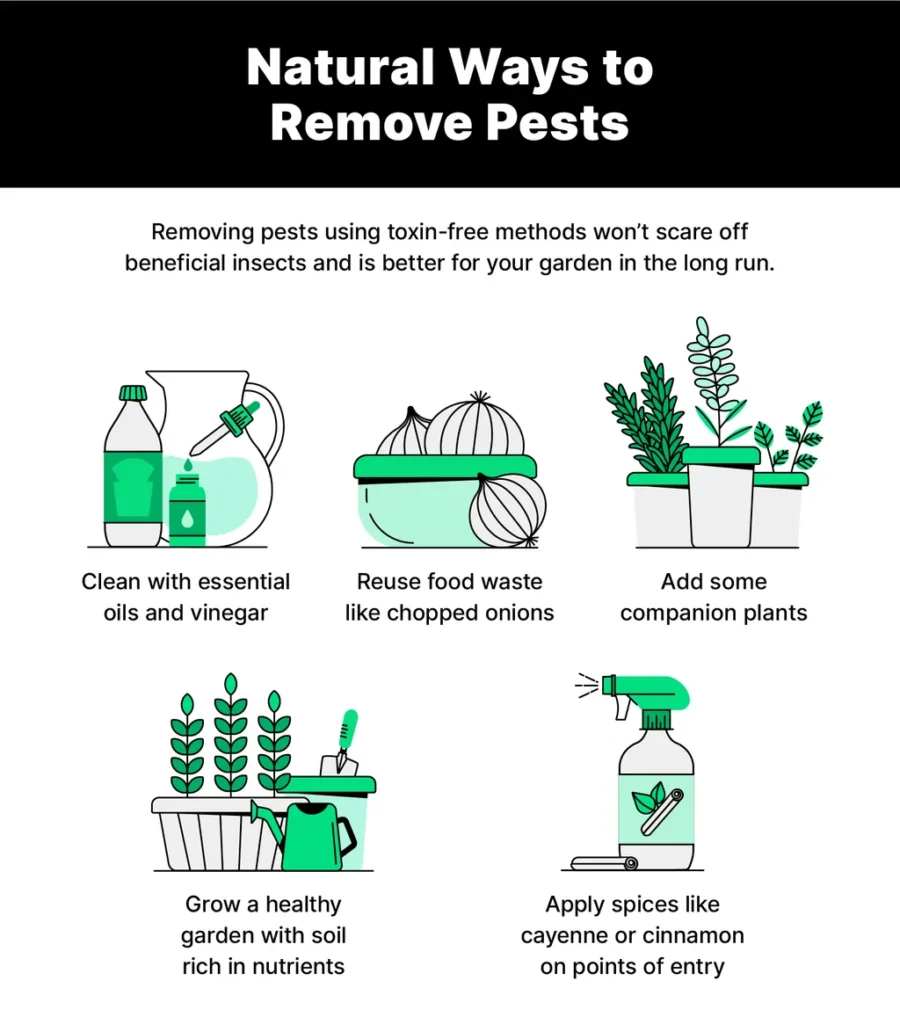In the ever-evolving landscape of sustainable agriculture, a recent corrigendum published in the journal *Plant Stress* (Volume 17, September 2025) by Jamin Ali of the College of Plant Protection at Jilin Agricultural University in Changchun, PR China, sheds new light on the multifaceted roles of ethylene in plants. The corrigendum to the original study, titled “Multifaceted roles of ethylene in plants: From traditional functions to modern insights into tritrophic interactions for sustainable agriculture,” refines our understanding of how ethylene—a simple hydrocarbon gas—plays a pivotal role not only in plant growth and development but also in complex ecological interactions.
Ethylene has long been recognized as a key plant hormone, influencing everything from fruit ripening to stress responses. However, recent research has uncovered its involvement in tritrophic interactions—relationships between plants, herbivores, and the natural enemies of those herbivores. These interactions are crucial for developing sustainable agricultural practices that reduce reliance on chemical pesticides.
“Ethylene doesn’t just act as a growth regulator; it’s a communication molecule that mediates interactions between plants and their environment,” explains Jamin Ali. “Understanding these interactions can help us design more resilient crops and reduce the need for synthetic inputs.”
The corrigendum highlights the importance of ethylene in signaling between plants and their natural predators, a discovery that could revolutionize pest management strategies. By leveraging ethylene’s role in these interactions, farmers could potentially deploy more targeted and environmentally friendly pest control methods. This approach aligns with the growing demand for sustainable agriculture, which seeks to minimize environmental impact while maximizing yield.
The commercial implications for the agricultural sector are significant. As the global population continues to grow, the pressure to produce more food with fewer resources intensifies. Sustainable practices that reduce chemical inputs not only benefit the environment but also enhance long-term productivity. Ethylene’s role in tritrophic interactions could pave the way for innovative biological control methods, reducing the need for synthetic pesticides and fertilizers.
Moreover, the insights gained from this research could extend beyond agriculture into other sectors, including bioenergy. Plants engineered to optimize ethylene signaling might exhibit enhanced resilience to environmental stresses, making them more suitable for biofuel production. This could contribute to a more sustainable energy sector, where crops are grown not just for food but also for fuel.
As the agricultural industry continues to evolve, the findings from this corrigendum offer a glimpse into a future where science and sustainability go hand in hand. By refining our understanding of ethylene’s roles, researchers like Jamin Ali are laying the groundwork for a more resilient and productive agricultural system. The journey toward sustainable agriculture is complex, but with each new discovery, the path becomes clearer.
Published in *Plant Stress*, which translates to *Stress in Plants* in English, this research underscores the importance of interdisciplinary collaboration in addressing global challenges. As we move forward, the insights gained from studying ethylene’s multifaceted roles will undoubtedly shape the future of agriculture and beyond.

